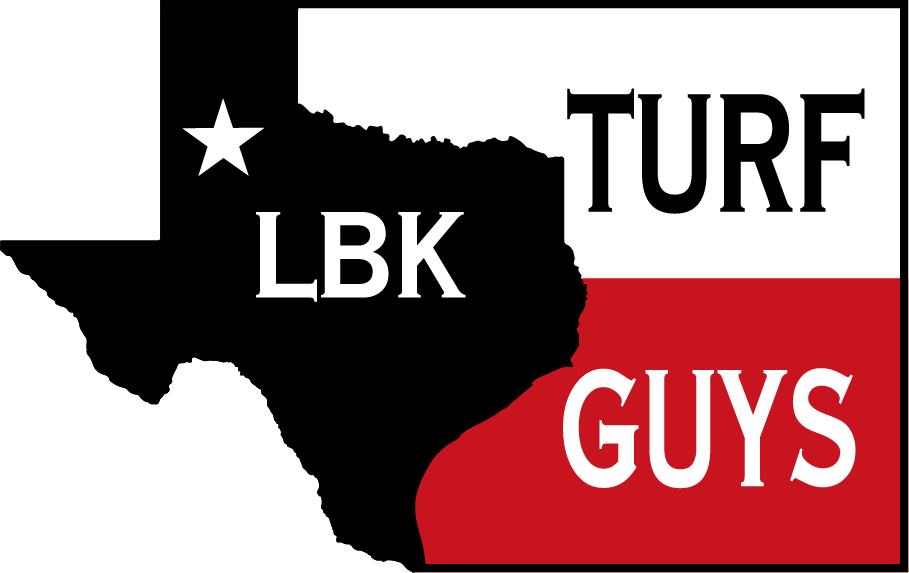If you want to succeed in the synthetic turf industry, it is crucial to thoroughly understand the turf you’re working with. Yes, you can choose to be one of those “live and learn” contractors, OR you can take proactive steps to educate yourself about what you do, how you do it, and why it matters.
Customers will be able to tell the difference.
Don’t be the installer who never has enough time to do the job right but always finds time to redo it. I’ve seen countless installers waste hours and resources repairing shoddy workmanship, all because they were chasing quick profits without getting to know their turf. The solution is simple: take the time to familiarize yourself with all the products you install, and learn them well.
Understanding Turf Anatomy
While synthetic turf might look similar to the average homeowner, there are significant differences in how each type is manufactured. These differences can impact performance, durability, and suitability for specific applications. One key aspect to understand is tufting, the process of inserting yarn into a backing material to create the turf. The density and pattern of tufting can affect the turf’s appearance and functionality.
Face Weight and Durability
Face weight is another critical factor, referring to the weight of the turf’s fibers per square yard. Higher face weights typically indicate denser, more durable turf, making it suitable for high-traffic areas. Conversely, lower face weights might be appropriate for decorative applications with minimal foot traffic. Understanding face weight is essential for recommending the right turf to your clients based on their needs.
Matching Turf to Client Needs
Before selecting turf, it’s important to assess the client’s specific requirements. Is the area going to be a high-traffic zone? Are pets going to use the space? How many pets are involved, and what kind of activities will take place on the turf? These questions should guide your decision-making process. For example, if the area is intended for child play, safety and comfort should be prioritized in the turf selection.
Backing Materials and Drainage
Another crucial component of synthetic turf is the backing material, which provides structural support and stability. Backing materials can vary, impacting the turf’s drainage capabilities and overall performance. Proper drainage is vital, especially in regions prone to heavy rainfall, as it prevents waterlogging and maintains the integrity of the installation.
Infill and its Importance
Infill materials, such as sand or rubber granules, play a significant role in maintaining the turf’s appearance and functionality. They help the fibers stand upright, provide cushioning, and contribute to the turf’s overall performance. The choice of infill can affect factors such as heat retention, softness, and durability. Selecting the right infill is as important as choosing the turf itself.
Color and Aesthetic Considerations
Beyond functionality, aesthetic appeal is another important aspect of synthetic turf. The color, texture, and sheen of the fibers can vary significantly between products. Some turf options are designed to mimic the appearance of natural grass closely, while others may have a more artificial look. It’s essential to choose a turf that aligns with the client’s aesthetic preferences and the surrounding environment.
Educate Yourself and Your Team
To excel in the synthetic turf industry, ongoing education is crucial. Take advantage of training programs, workshops, and resources available from manufacturers and industry associations. By continually enhancing your knowledge and skills, you’ll be better equipped to address client needs, avoid common pitfalls, and deliver superior results.
The Value of Product Familiarity
Invest time in getting to know the products you install. Study their specifications, understand their strengths and limitations, and familiarize yourself with recommended installation practices. This familiarity will enable you to confidently recommend the right products for each project, ensuring client satisfaction and long-term success.
Building Trust Through Expertise
By demonstrating a deep understanding of synthetic turf and its applications, you build trust with your clients. They will appreciate your expertise and be more likely to refer your services to others. In a competitive industry, your reputation as a knowledgeable and reliable installer can set you apart and drive your business forward.
Continuous Improvement
The synthetic turf industry is constantly evolving, with new products and technologies emerging regularly. Stay updated on industry trends, innovations, and best practices. Continuously seek opportunities for improvement, whether through refining installation techniques or expanding your product offerings. By embracing change and staying ahead of the curve, you can maintain a competitive edge.
In summary, success in the synthetic turf industry starts with understanding your products and their applications. Educate yourself, assess client needs, and select the right turf for each project. By doing so, you’ll avoid costly mistakes, enhance your reputation, and build a thriving business. Take the time to know your turf, and let that knowledge guide your path to success.
Come back soon for more information on Let’s Talk Turf!
